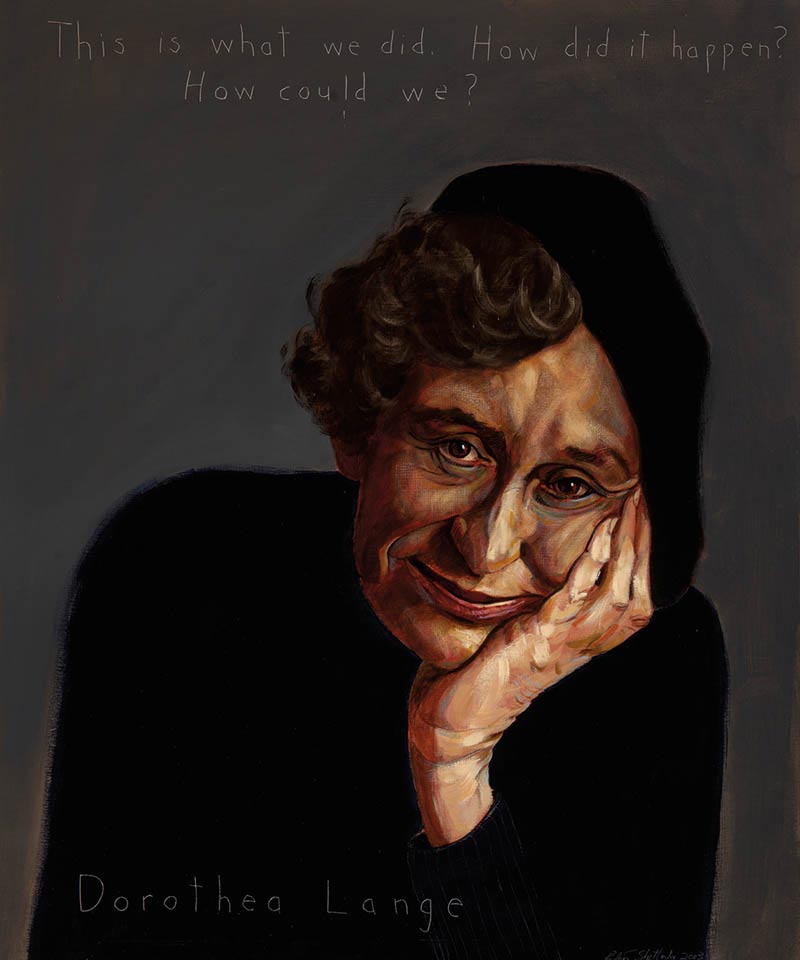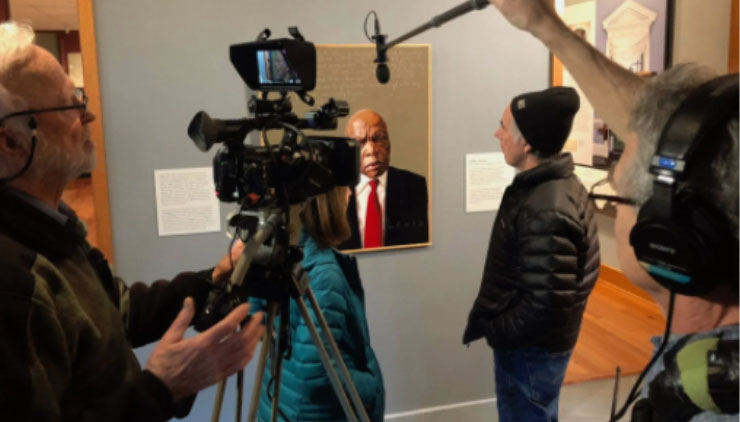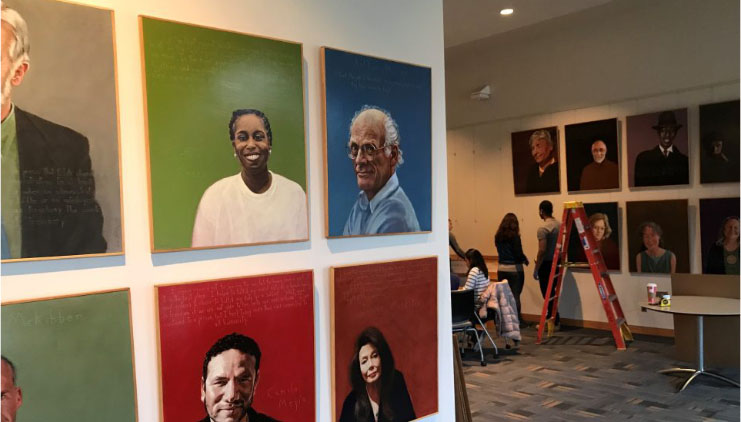No products in the cart.

Dorothea Lange
Photographer : 1895 - 1965
“This is what we did. How did it happen? How could we?”
Biography
Lange’s photographs of Japanese Internment Camps — contracted by the US Governement — where impounded by the government, which decided they were too critical of the policy.
These photographs can be seen in a book by Linda Gordon, titled “Impounded: Dorothea Lange and the Censored Images of Japanese American Internment”.
Dorothea Lange was born in Hoboken, New Jersey. She studied photography at Columbia University and worked at a New York portrait studio until 1918 when she began to travel. Stranded in San Francisco, she continued doing studio work during the 1920’s. With her husband, the painter Maynard Dixon, she traveled the southwest, photographing Native Americans. She believed that the camera could teach people “how to see without a camera.”
The social upheaval brought on by the Great Depression led Lange to take her camera into the streets where she documented the suffering of the dispossessed in breadlines and on labor strikes, in the wrenching drama of endless waiting for things to get better. In 1935 with her second husband, Paul Schuster Taylor, a labor economist, Lange was employed by the California and Federal Resettlement Administration (Later the Farm Security Administration) to record the Dust Bowl exodus when drought and hard times forced thousands of farm families to move west in search of work. Her most familiar image, “Migrant Mother, Nipoma, California, 1936,” now in the Library of Congress collection, was taken during this assignment. Of her work during this era Lange said: “The good photograph is not the object, the consequences of the photograph are the objects. So that no one would say, ‘how did you do it, where did you find it,´ but they would say that such things could be.”
During World War II, Dorothea Lange documented the internment of Japanese-Americans in camps and then turned her lens on women and members of minority groups at work side by side in California shipyards. Following the war, she covered the founding of the United Nations in San Francisco. The first woman to be awarded a Guggenheim fellowship (which she was unable to complete because of illness), Lange traveled widely during the 1950’s and 1960’s. She visited Vietnam, Ireland, Pakistan and India, making photographic essays for Life magazine.
Dorothea Lange’s work reflects insight, compassion and profound empathy for her subjects. Her photographs are reproduced in books and housed in museum collections. The largest such collection is at the Oakland Museum of California. Although she did not consider herself to be an artist, she said of her work: “To live a visual life is an enormous undertaking, practically unattainable…But I have only touched it, just touched it.”
Programs
Americans Who Tell the Truth (AWTT) offers a variety of ways to engage with its portraits and portrait subjects. Host an exhibit, use our free lesson plans and educational programs, or engage with a member of the AWTT team or portrait subjects.

Education
AWTT has educational materials and lesson plans that ask students to grapple with truth, justice, and freedom.

Exhibits & Community Engagement
AWTT encourages community engagement programs and exhibits accompanied by public events that stimulate dialogue around citizenship, education, and activism.